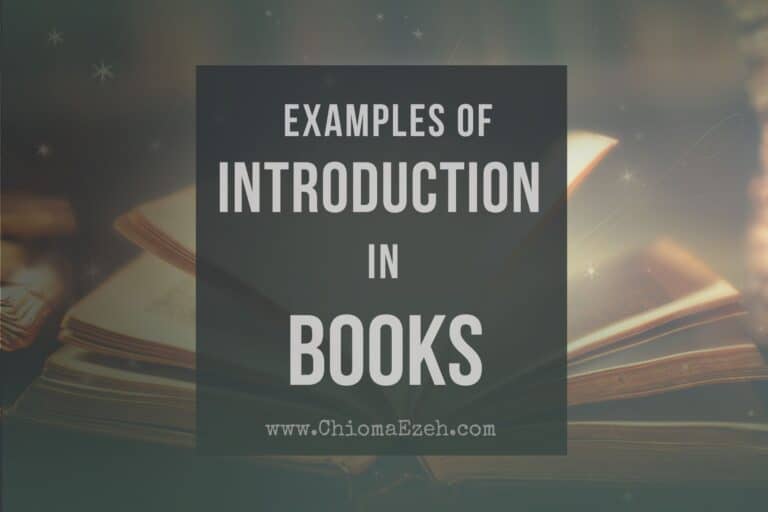What Are The Elements Of Historical Fiction?
Historical fiction is a genre that depicts stories that take place a long time ago. They combine elements of both fact and fiction to tell stories set in the past. This type of fiction typically takes place during a past time period, such as the American Revolution or World War II, and may feature real-life historical figures or events.
The elements of historical fiction include characters inspired by history; accurate settings from the past; believable plotlines based on factual events; well-researched details about people’s behavior from long ago; and themes relevant to contemporary readers.
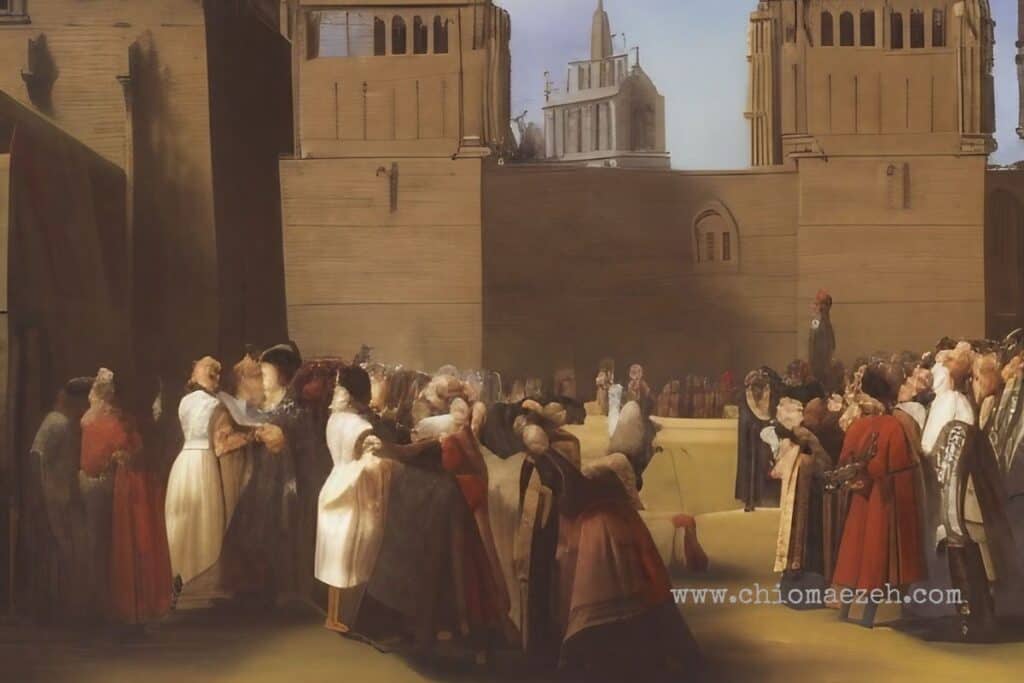
Historical fiction can be found in novels, movies, television shows, plays, comics, and other forms of media. At its core, it explores different times and cultures through storytelling.
In this post, you’ll learn about the elements that make up a historical fiction story and how authors use them in their works. We’ll go over how to create vivid settings, craft believable characters, and explore the cultures of past eras to write an engaging tale of history.
👉 To get your creative juices flowing, see these inspiring historical fiction story ideas to get you started
Let’s Talk
Are you a writer aspiring to pen a masterpiece that never fails to captivate? Look no further. Reach out to us and uncover how we can help you to take your writing to unprecedented heights!

What Are The Elements Of Historical Fiction?
Historical fiction uses past events as its plot and setting. It often focuses on real people and places, but it also includes fictional characters and elements to enhance the story.
Historical fiction has various elements that make it stand out from other genres. They include the characters, plots, settings, conflict, and themes. Below are the elements of historical fiction:
1. Characters.
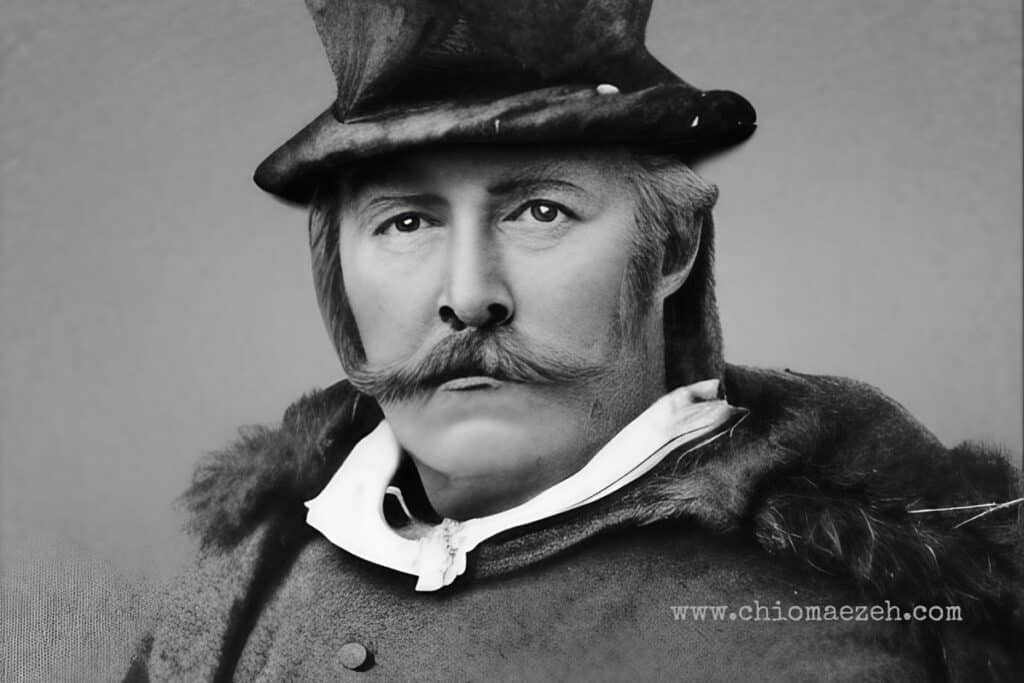
Characters in historical fiction are usually based on real people or imaginatively created versions of famous figures from the time period. It could also be lesser-known people who shaped history. Examples of these could be the notable characters in the French Revolution, Julius Caesar, or the life of a peasant during Medieval times.
Usually, characters in historical fiction could be:
- real people from the past
- made-up people
- made-up character who live the life of real people from the past
The characters in historical fiction should feel authentic to their time period and culture. They should act, dress and think the same way they would have done back then. They should have motivations and behaviors that are consistent with the era they inhabit.
2. Setting.
The setting of historical fiction is realistic. It is set in a time period that has passed, with accurate details of the era. It has scenery and the world is just like it would have been at that specific time. And this includes the buildings, atmosphere, climate, etc. For example, we often see unique architectural pieces in ancient Rome, Medieval England, and Egypt.
So, the setting elements must consider architectural styles, clothing, fashion trends, and other details. Authors must paint a vivid picture that captures these elements in their chosen era or place in history.

3. Plot:
In historical fiction, the plot takes on added importance due to its use of historical events. Historical fiction requires careful research to ensure that the plot is true to life for the time period.
While romance and adventure can still be included, they must make sense regarding the setting. For example, if a romantic story takes place during the American Civil War, any reference to text messaging would be anachronistic.
That said, in historical fiction, authors can weave together both facts and imagined scenarios in the story. But it must stay true to what happened during the time period.
4. Conflict.
Conflict between characters can be internal or external, but it should reflect issues relevant to that time period. Common issues in history could range from racial discrimination, wars, and political power struggles, to slavery, etc.
For example, in Ancient Rome, we see how Emperor Nero’s persecution of Christians created tension between the government and citizens.
5. Dialogue.
The words used as dialogue should reflect the dialect spoken during that time. This means the language, mannerisms, etc., should reflect the way they would have spoken during the time period. For example, you wouldn’t hear a character saying “cool dude” or “it’s lit” in a historical fiction story set during the Medieval era.
6. Theme.
Historical Fiction stories usually include themes such as love, courage, perseverance, justice, morality, identity, power, etc. It can also explore themes related to race, class, and gender roles in a particular time period. For example, In 18th-century Britain, the theme of class struggle and gender roles could be explored in a story set during the Industrial Revolution.
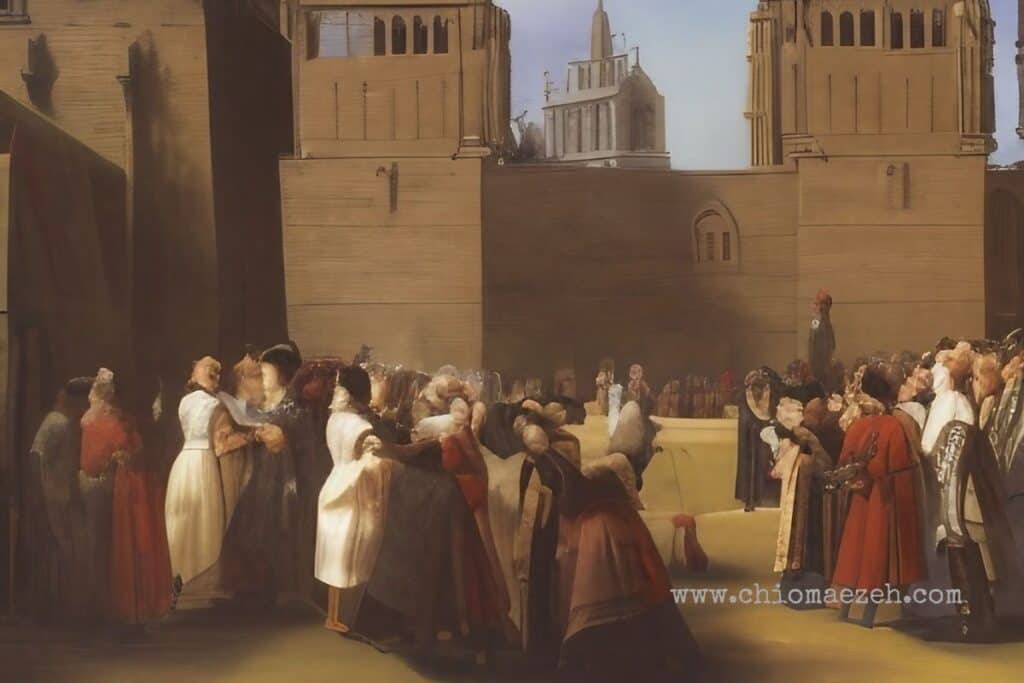
7. Research
Historical fiction requires authors to do extensive research on culture, customs, and language from different eras to provide readers with an authentic experience when reading these stories.
How to Create Believable Historical Fiction Stories
When it comes to writing an engaging tale of history, the most important elements are creating vivid settings, crafting believable characters, and exploring the cultures of past eras.
1. Create Vivid Settings
Draw on deep research to create a realistic, believable setting for your story. Study the architecture of buildings from the time period. Consider the climate, terrain, and topography of the area. Explore what kind of flora and fauna lived in the region and make sure to include details about transportation systems or other everyday features.
2. Craft Believable Characters.
Fo believable characters, consider how people from different socioeconomic backgrounds would have interacted with each other during that time period. Think about the way people dressed, the customs of the culture, their mannerisms, and how they spoke. Consider their motivations and how those might have been shaped by the beliefs of that era too.
3. Develop Accurate Plots.
Explore the cultures of past eras. This can bring an extra layer of depth to the plot. Take time to research what kind of values were important in that society at the time, and how those values shaped the actions of characters in your story. Look up old folk tales and legends. They often contain valuable insight into the beliefs and values of that era.
By combining research with a vivid imagination, you can craft an engaging tale of history.
Video Recommendation: Elements Of Historical Fiction
Final Notes On Elements Of Historical Fiction
Historical fiction is a genre of literature that uses events and characters from the past to tell a story.
It combines elements of both fact and fiction, allowing readers to explore different eras in history. The historical accuracy of these stories can vary widely, ranging from thoroughly researched accounts to more fantastical takes on the past.
Despite this variation, there are some common elements found in most historical fiction works which make them distinct from other genres. These include vivid settings, strong characterization, and accurate depictions of culture and customs during certain periods in history.
By combining these elements with compelling plots and themes relevant to modern audiences, authors can create unique stories that bring bygone eras back to life.



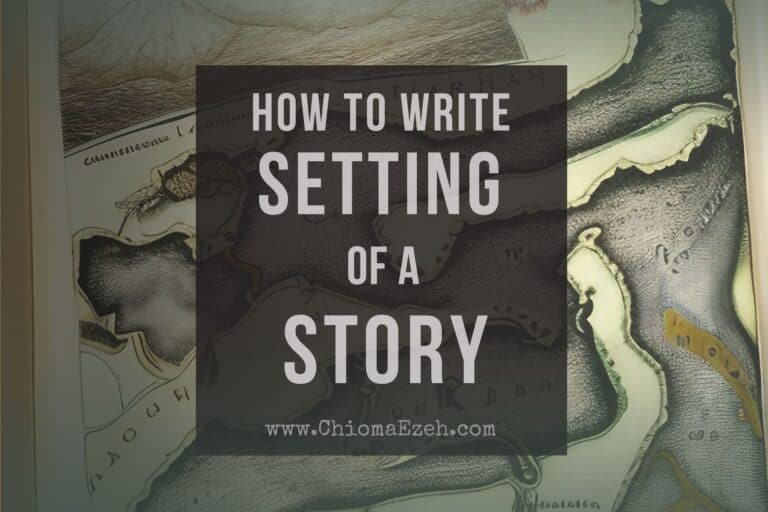
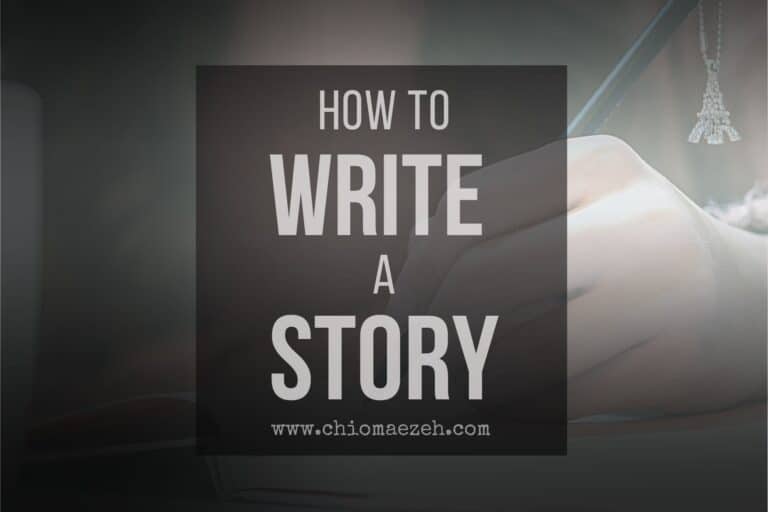
![What is Dialogue in a Story? [Meaning, Types, Examples]](https://chiomaezeh.com/wp-content/uploads/2023/03/dialogue-in-a-story-1-768x512.jpg)
